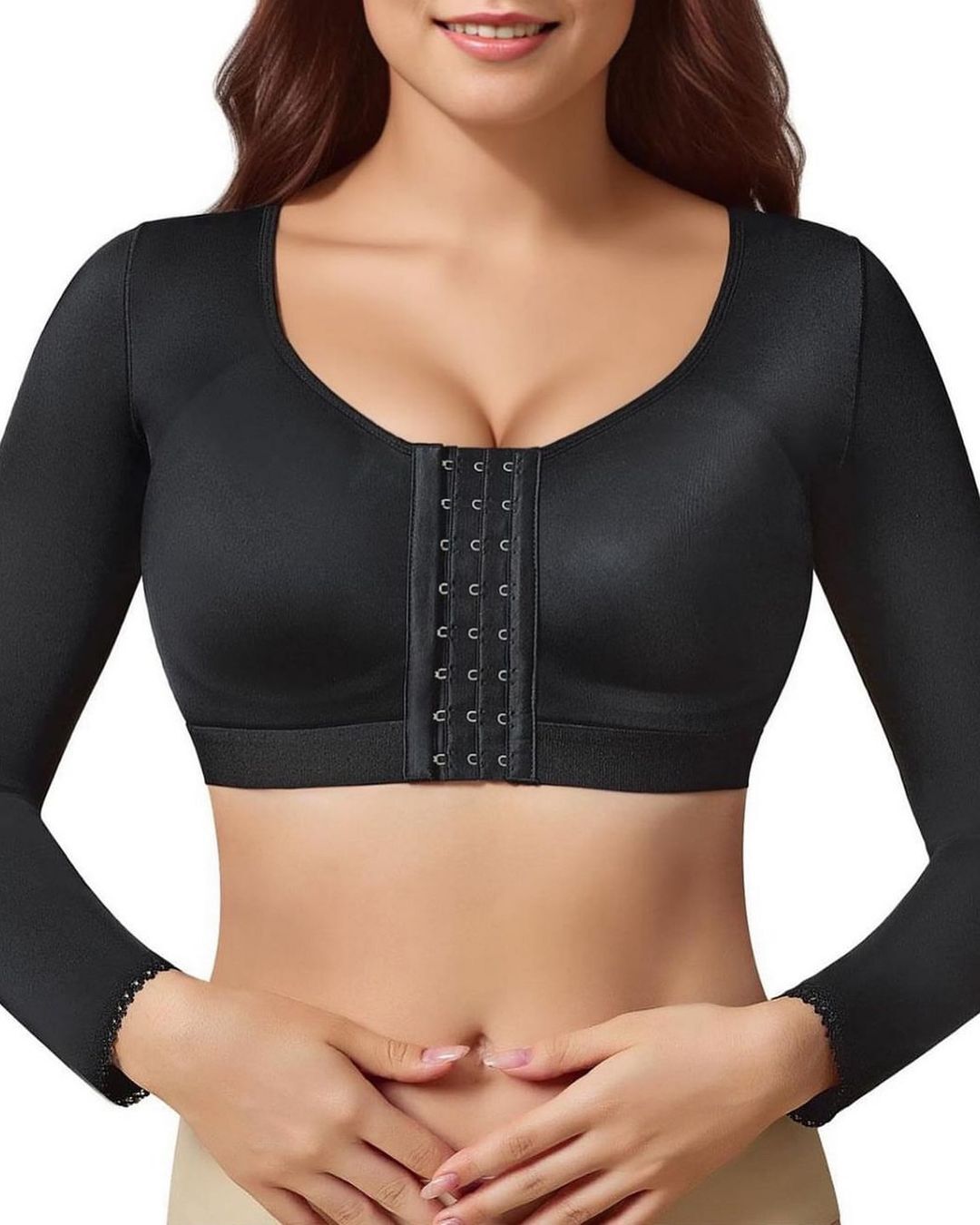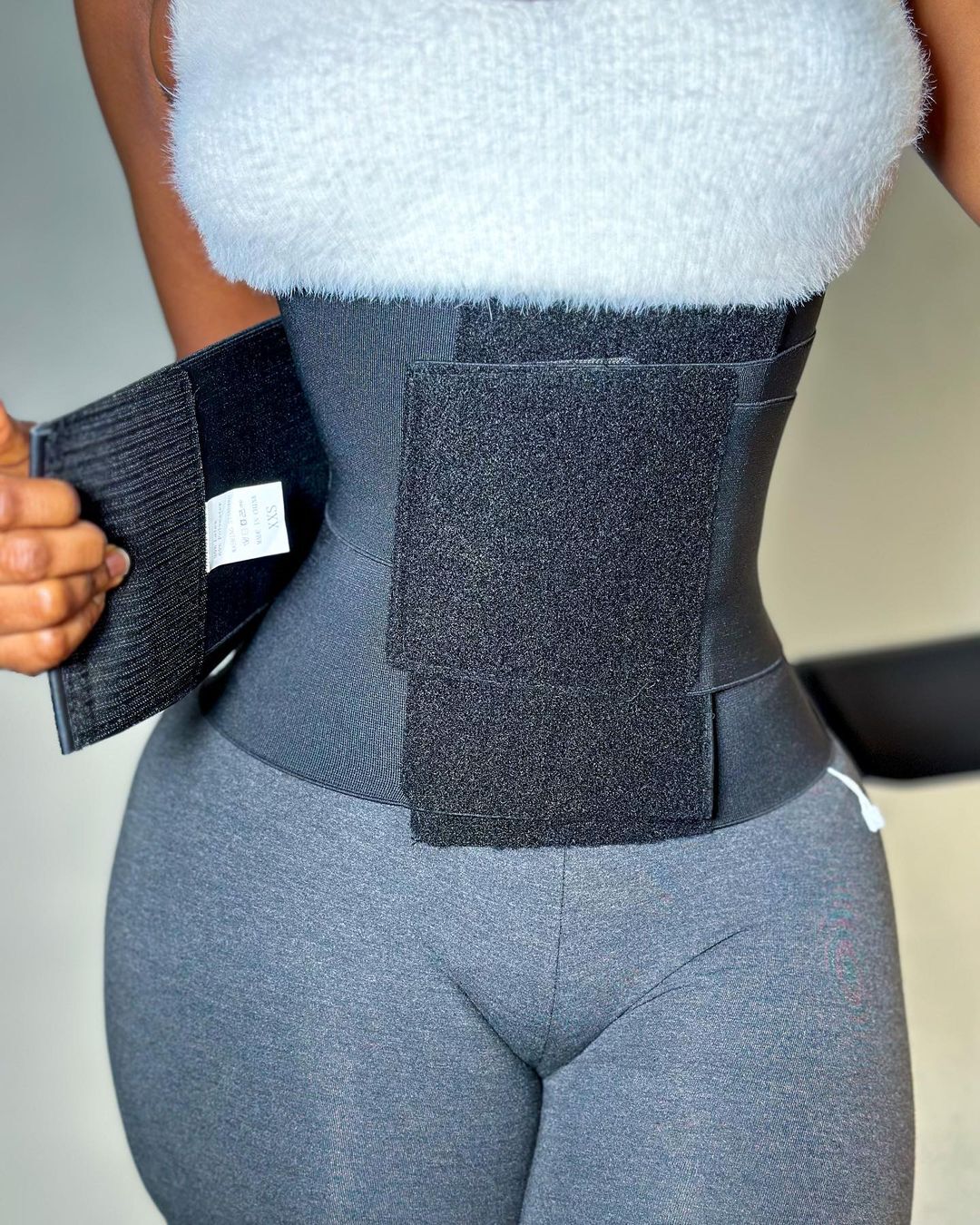Waist training has been a popular practice for centuries, evolving from the restrictive corsets of the Victorian era to modern-day waist trainers loved by women seeking a defined waistline. While this trend appeals to hourglass-shape enthusiasts, it’s important to train safely. Here are some tips for waist training comfortably and healthily.
[ad]
Waist training has a rich history dating back to ancient civilisations. In Europe, during the Victorian era, women wore tightly laced corsets to achieve a dramatic hourglass figure. Although these practices were often harmful, modern waist training techniques aim to provide a safer and more comfortable experience.

READ ALSO: Waist Trainers: Fact Or Fiction?
Many famous figures have added waist training into their style routines. Internationally, stars like Marilyn Monroe, Audrey Hepburn, and Kim Kardashian are known for their hourglass figures. In Nigeria, personalities such as Nwanneka Nkumah and Veekee James are also fans of waist training. However, it’s important to note that these individuals often have access to personal trainers, nutritionists, and medical professionals to ensure their safety.
Safe waist training practices
Oluwatoyin Adeyemi, a certified personal trainer notes, “Waist training can be a great way to enhance your figure, but it’s essential to do it safely and responsibly. Start slowly, listen to your body, and combine it with a healthy lifestyle.”
[ad]
Avoid waist trainers that are excessively tight, made from low-quality materials, or lack proper support. The goal is to train your waist to achieve the figure you want and not to constrict your organs to death. For those who decide to train their waists, always consider these tips to ensure your waist training in a safe, healthy way.
READ ALSO: What Nipple Sizes Say About Our Body
Listen to your body

The most important tip for successful waist training is to listen to your body. Training your waist is highly personal, and what works for one person might not work for another. Pay attention to your body’s signals and adjust your routine accordingly.
Get the right size
A poorly fitting waist trainer can be uncomfortable and counterproductive. Contrary to popular belief, wearing a smaller trainer won’t help you achieve your goals faster. It may cause pain and force you to abandon the practice altogether. Choose a trainer that fits properly to ensure comfort and effectiveness.
[ad]
Choose a trainer suited to your body type
Waist trainers are designed differently to suit various body types. Selecting the right one for your physique will provide better results and enhance your comfort during use.
Start gradually
Begin your waist training journey with shorter durations and gradually increase the time you wear your trainer. This gradual approach allows your body and organs to adjust, reducing the risk of breathlessness and irritation.
READ ALSO: Why People Wear Waist Beads
Maintain a healthy lifestyle
For optimal results, combine it with a balanced diet and regular exercise. If your body signals the need to stop at any point, listen to it and avoid pushing beyond your limits to present injury.
[ad]
Types of waist trainers

There are various types of waist trainers available, including:
Latex waist trainers: Made from 100% neoprene composite, these trainers offer a high level of compression and are flexible enough to wear for extended periods.
Steel-boned waist trainers: These feature steel bones for added support and structure.
Fabric waist trainers: These are made from softer fabrics that provide a gentler level of compression, making them more comfortable for users.
[ad]







